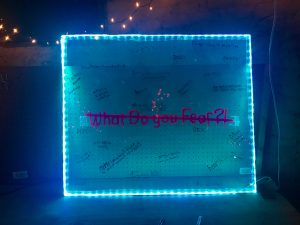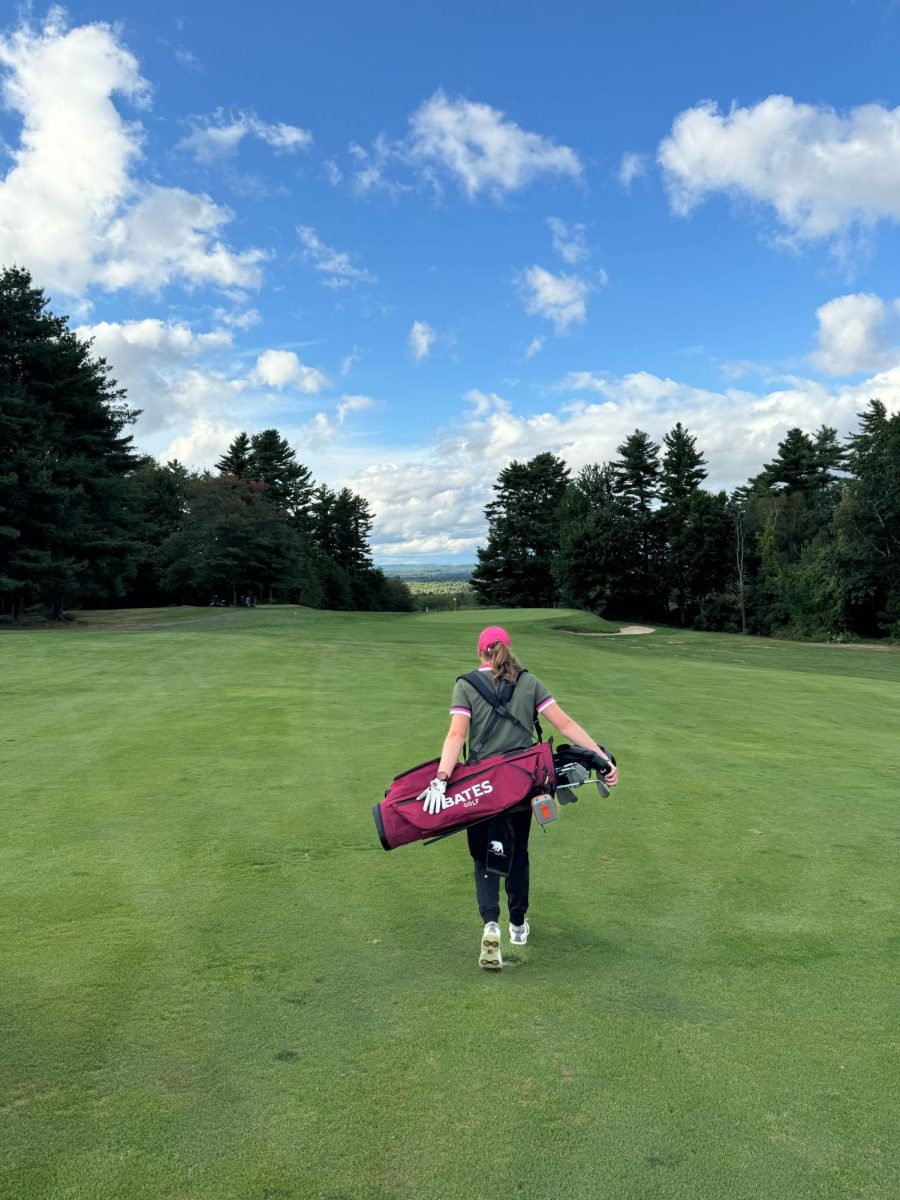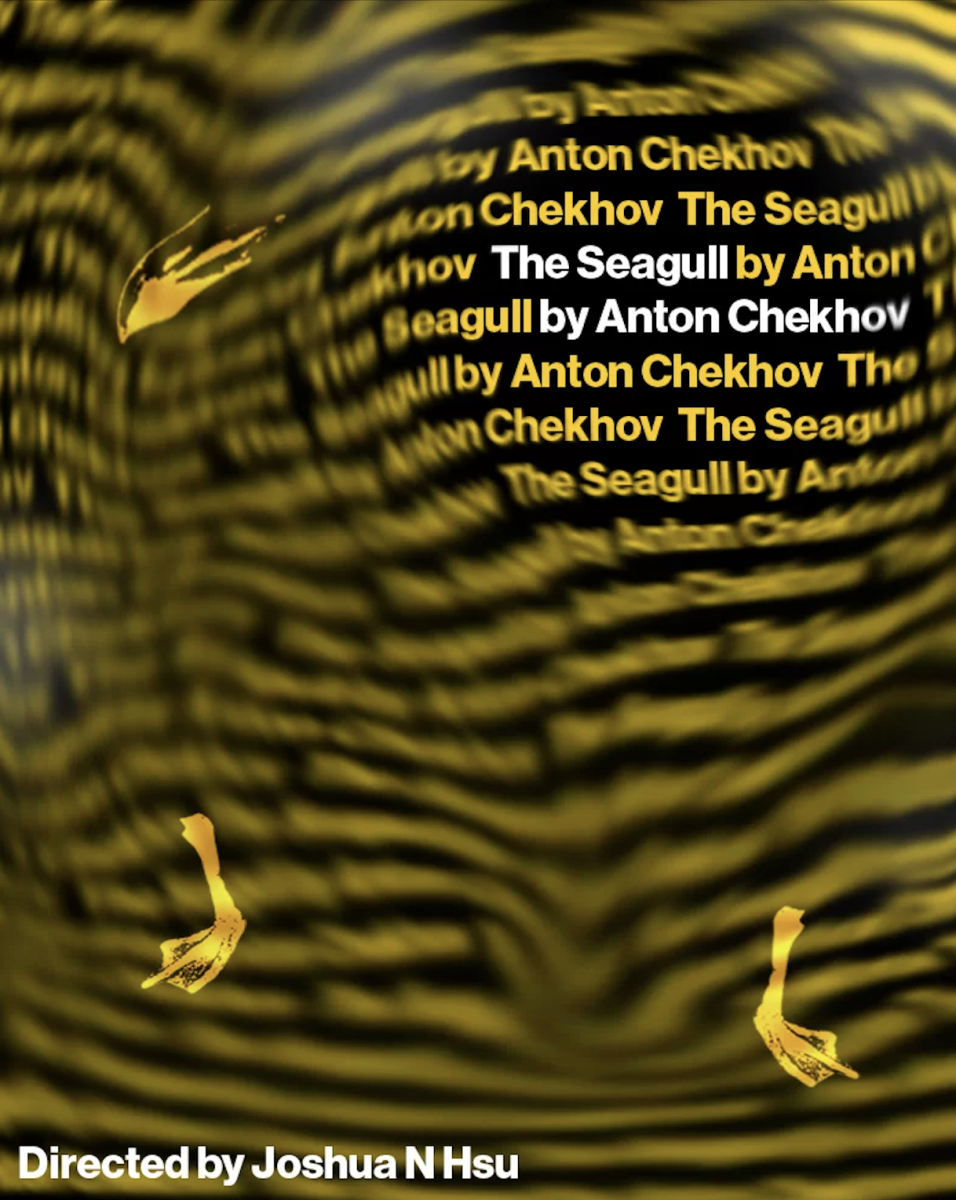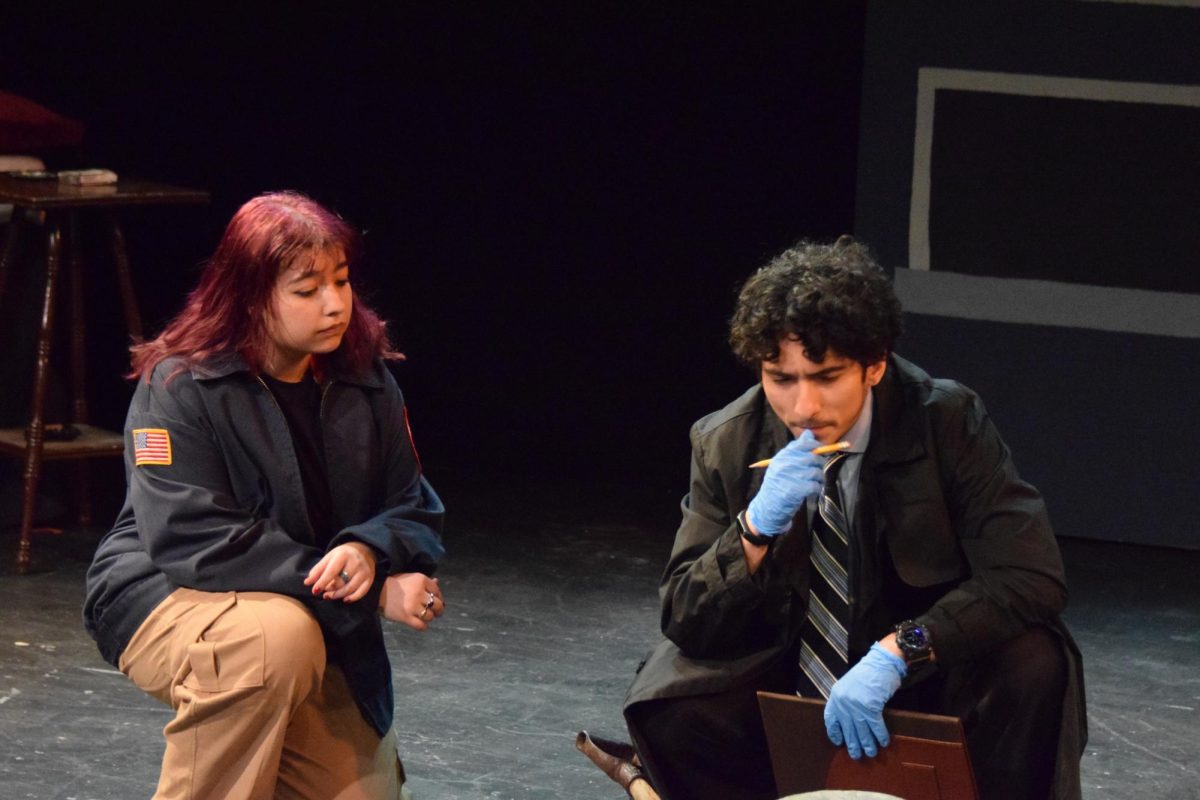On October 19, the basement of a residential property in Somerville, MA, was transformed into “Haunted!” a Halloween-themed art exhibition put on by the Tufts University-based curatorial art collective Polykhroma in the home of Ella Huzenis. Huzenis is a senior at Tufts and one of the founding members of the collective.
“Haunted!” featured work of all media. Paintings and photos lined the basement walls, animations were projected onto a sheet hanging from the low ceiling, videos played on various laptops, and guests were provided with permanent markers and invited to write on the “fear wall”–a backlit transparent piece that interrogated onlookers with the question, “What do you fear?”
Although Polykhroma is usually open to art submissions from all across Boston, their Halloween show happened to feature work done by exclusively Tufts students. Earn Sabaner, a senior at Tufts and fellow co-founder of Polykhroma, explained that “Haunted!” was the group’s “most themed show” and its “first with an installation,” which consisted of two scarecrow-like figures: one donning a festive plague-doctor mask, and the other an eerily lifelike baby head.
In creating the show, Sabaner said that Polykhroma was “going for a certain aesthetic and theme,” both of which revolved around fear and Halloween itself. Huzenis echoed that sentiment: she described “Haunted!” as communicating the “the kitsch of Halloween and the campiness of horror.” Based on the frightened and giddy reactions of guests and group members alike provoked by the exhibition, the event certainly accomplished Polykhroma’s goals.
Huzenis commented that the combination of the “comical” pieces that “dealt with horror and fear in a more lighthearted way” mixed with others that “created a space to think about more rational and legitimate fears and anxieties…created a really nice balance” throughout the exhibition. As “Haunted!” was more of an atmosphere that Polykhroma was attempting to create rather than focused around a specific concept or discourse, the show was a “departure” from the group’s other events.
Past shows have centered around a central theme, attempting to attract a wide range of pieces and generate diverse conversation. Some shows have teetered on the political side–the group hosted an exhibition on the theme “Borders” shortly after the Trump Administration announced its first travel ban–while others have been much more broad. Another show, titled “Accidents,” centered around collaborative art pieces to showcase the spontaneous, creative energy that arises when artists create together.
Polykhroma itself was founded by a group of students on the Tufts University Aidekman Gallery Student Resource Committee in the fall of 2016. Pressed with finding new ways to generate student interest in art, the Committee wanted to create a student art showcase at the Gallery. However, because there are limitations as to what can be shown in the Aidekman, the students on the Committee decided to plan an off-site show of their own. Thus, Polykhroma was born.
The collective’s first show began its legacy of art exhibitions held in basements on the Tufts campus. Its members aimed to make an accessible space to exhibit artwork from those who normally don’t show work or find opportunities where it would be appropriate for their work to be shown. Polykhroma set up an open call for work from artists on campus and in the surrounding Boston area, which garnered “a surprising amount of interest” according to Huzenis. “From there we just kept organizing events.”
Polykhroma’s shows take place in residential and, at times, subterranean spaces, so Huzenis stressed the group’s prioritization of respecting artwork regardless of an exhibition’s location. When “organizing work in a residential space,” she said, “you want to make sure you treat artists’ work with integrity and that you’re displaying and installing work properly and taking care of it.”
Coincidentally, “Haunted!” was Huzenis’ first time showing her own work at one of the collective’s exhibitions. She had always wanted to show something to “contribute to Polykhroma’s greater project,” and was able to “take part in that” by sharing a host of spooky animations that she’d begun crafting around the time the group itself was created.
In reflecting on her experience as an organizer and contributing artist for “Haunted!” Huzenis remarked that the event “made [her] realize that Polykhroma has changed a lot of [her] attitude about artwork and the politics about showing artwork…So I’m glad I got to participate,” she shared.








